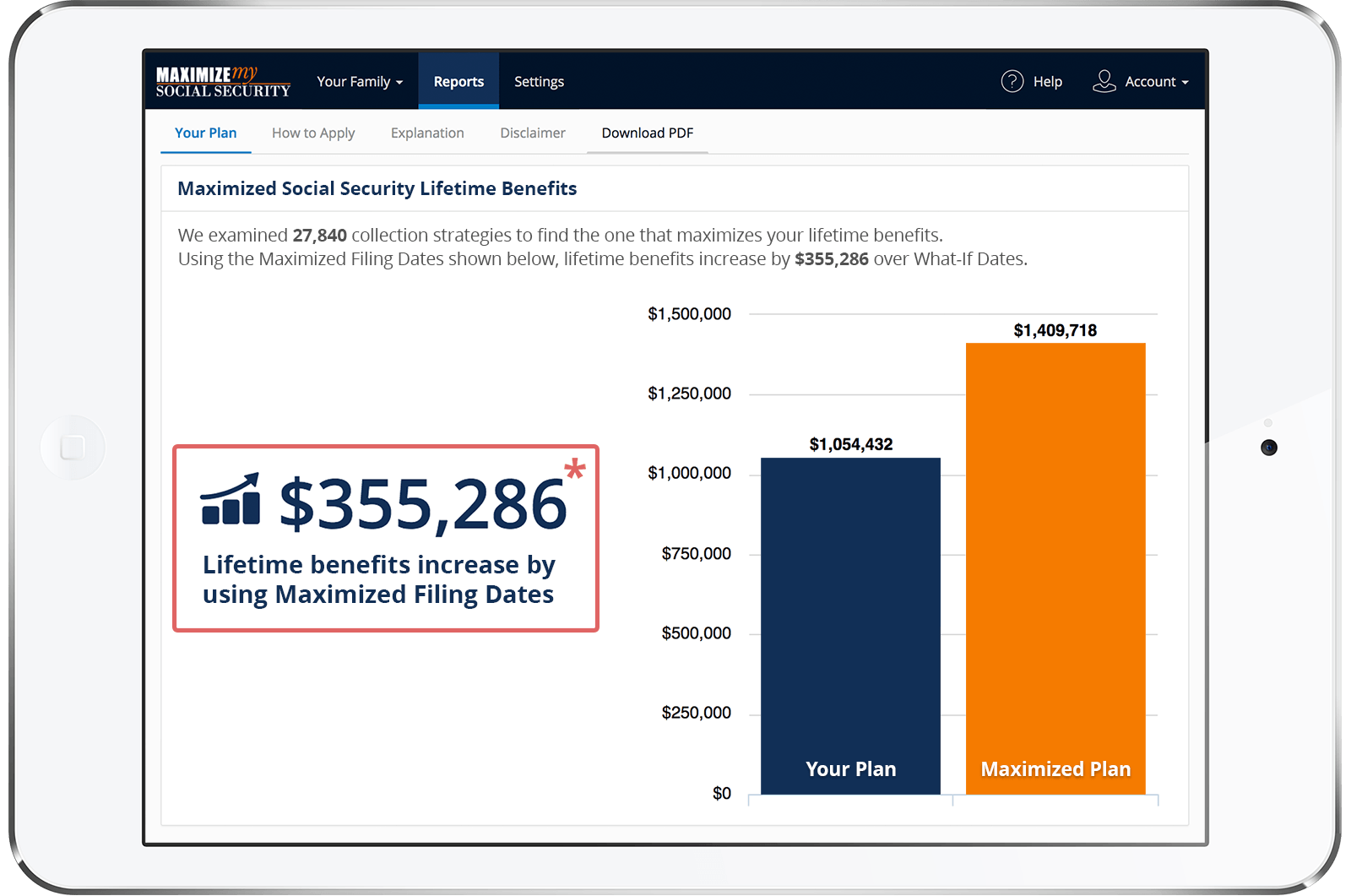In a family of three all on survival benefit but one is the disabled widow and the other two are child in school but over the age of sixteen do they still use the family maximum to calculate all benefit of widow gets 71.5 and child 75
Thank you
Hi,
Yes, the family maximum benefit (FMB) would almost certainly come into play in the scenario you present, and distribution of FMB would initially be done before applying any applicable reduction for age involved with the widow's (or disabled widow's) benefit. The math involved is a bit complicated (https://secure.ssa.gov/apps10/poms.nsf/lnx/0300615756), but I'll give you an example that should help you understand.
Say that Mary is a widow who starts drawing benefits at age 60 (or qualifies before then as a disabled widow), and her 2 children are receiving student benefits. The unreduced widow's benefit rate is 100% of the deceased worker's primary insurance amount (PIA), and the original benefit rate for each surviving child is 75% of the deceased's PIA. Let's say that the deceased worker's PIA in this case is $2000, and the FMB is $3500. The original benefit rates for a widow and 2 children would then total $5000 (i.e. $2000 + $1500 + $1500). This obviously would exceed the FMB, so the FMB would need to be apportioned based on each beneficiary's share of the total. The widow's original rate of $2000 is 40% of the $5000 (i.e. $2000/$5000) original benefit total and each child's rate is 30% (i.e. $1500/$5000).
The FMB would then be apportioned based on the above percentages, which would leave the widow with an unreduced benefit of $1400 (i.e. $3500 x .4) and each child with a benefit rate of $1050 (i.e. $3500 x .3). However, since the widow Mary in this case started drawing at age 60 her rate would be reduced by 28.5%, which would leave her with a reduced rate of $1001 (i.e. $1400 x .715). By the way, the amount of any applicable reduction for age is not be redistributed to other beneficiaries, meaning that less than the full $3500 FMB would be paid in our example.
In the above example, if one of the children graduates from high school and is no longer entitled to benefits, the family maximum would no longer be a factor and Mary and the remaining child could then be paid their normal amounts of $1430 (i.e. $2000 x .715) and $1500 respectively.
Best, Jerry
